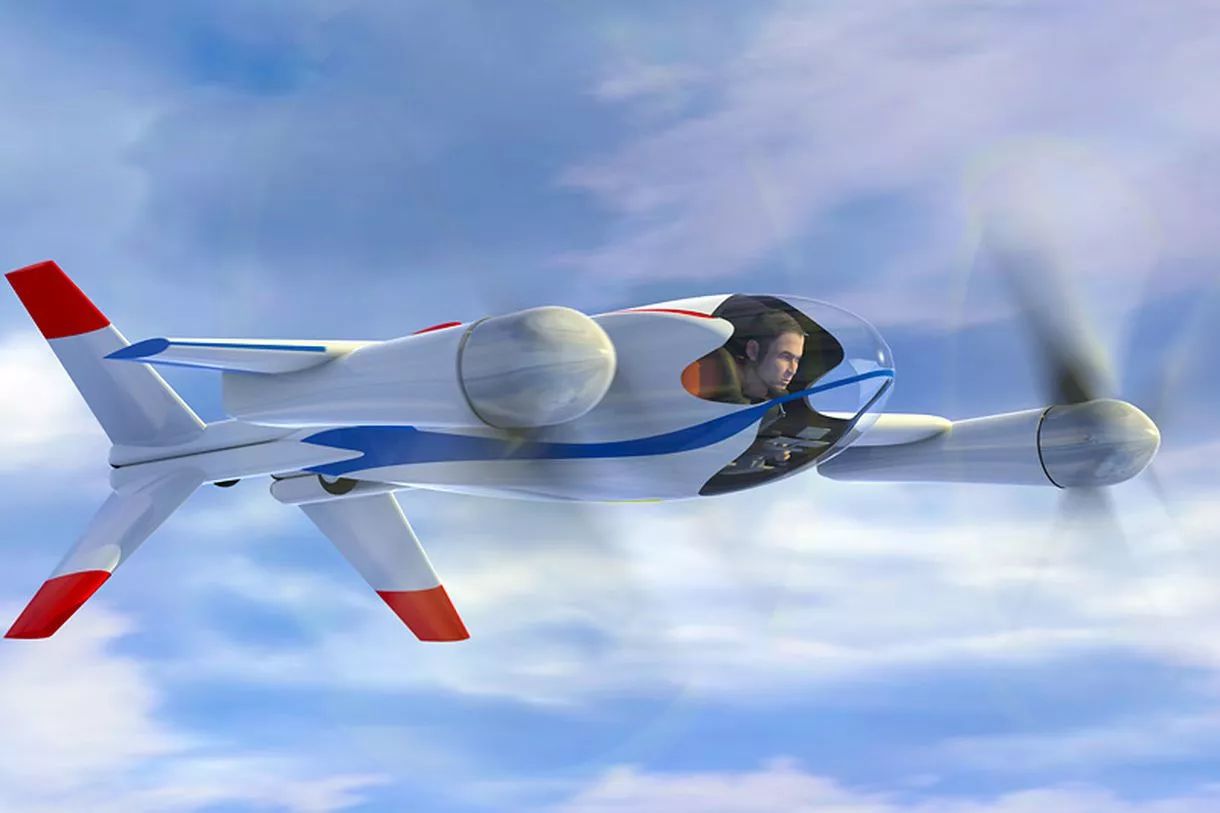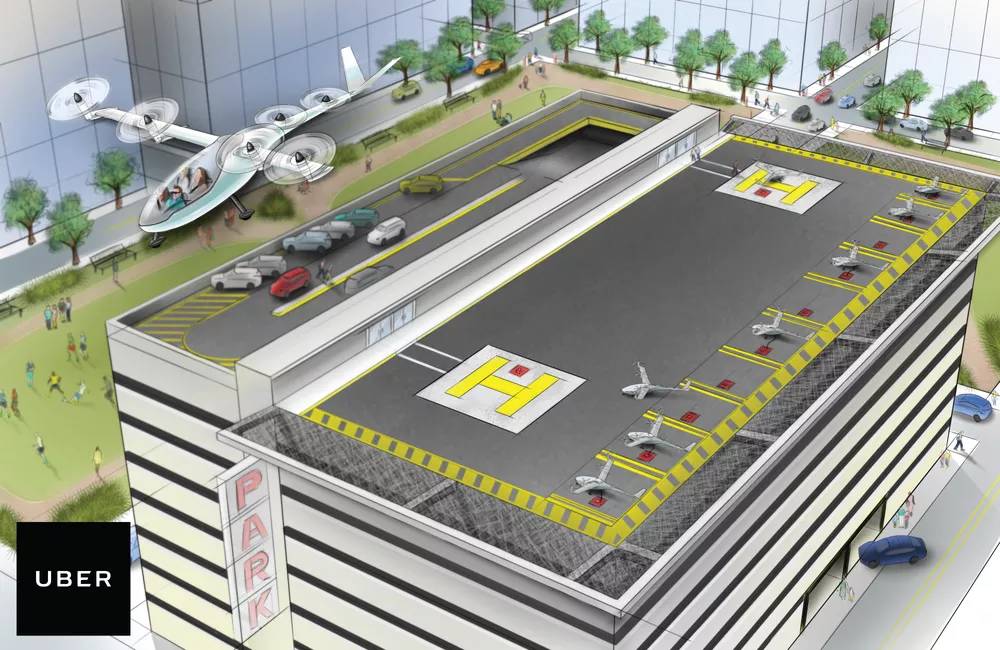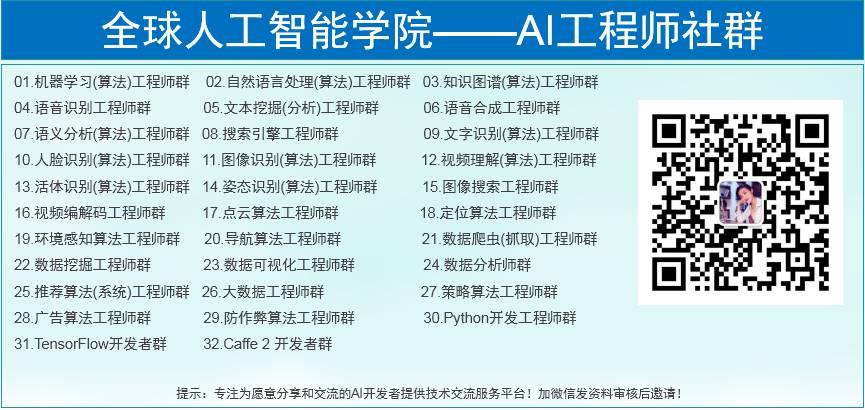最新|Uber与NASA合作 开发“飞行汽车”的空中管理系统!
Uber近日宣布,已与美国宇航局(以下简称“NASA”)签署合作协议,共同为Uber的“飞行汽车”项目开发一套交通管理系统。去年,Uber公布了其“Uber Elevate”飞行汽车项目。这种飞行器可垂直起降,在城市的低空飞行。Uber的“飞行汽车”采用多旋翼和固定翼设计,效率更高且更安静。对于通勤者而言,正常情况下驱车需要约2个小时的路程,乘坐Uber的“飞行汽车”仅需15分钟。
Mark Moore, a 30-year veteran of NASA, has left the aeronautics agency for a seemingly more terrestrial business: ride-hailing giant Uber. But Moore won’t be working on anything as boring as expanding Uber’s ground operation. According to Bloomberg, he will be working on the company’s nascent on-demand aviation service, also known as Uber’s flying car project.
To be sure, Moore won’t be building a flying car for Uber — at least not yet. Last October, the company released a white paper that envisioned a flying taxi service as a network of lightweight, electric aircraft that take off and land vertically from preexisting urban heliports and skyscraper rooftops. These VTOL (vertical takeoff and landing, pronounced vee-tol) aircraft would operate using fixed wings with tilt prop-rotors.
Most notably, Uber said it wasn’t going to build its own flying car, but stood ready to “contribute to the nascent but growing VTOL ecosystem and to start to play whatever role is most helpful to accelerate this industry’s development.” That probably translates into, “Come to us with a decent prototype and we’ll buy it.”
But as you can tell by looking out any window right now, flying cars don’t exist yet. We haven’t really even seen a halfway decent prototype. Numerous challenges lay ahead, such as noise level, battery life, and air-traffic restrictions, before we can reasonably expect to see any flying cars, let alone flying Ubers, soaring through the skies.
That’s where Moore steps in. He won’t be running Uber Elevate, the name the company gave to its flying car project, but he will be helping smooth out many of its hurdles. Before joining Uber, his title was chief technologist for on-demand mobility at NASA’s Langley Research Center. In 2010, he produced a research paper outlining the feasibility of short-range, electric-powered VTOL aircraft called the “Puffin Electric Tailsitter.”
It was a somewhat goofy, but totally sci-fi prototype that went on to inspire Google founder Larry Page to launch his own flying car startups, Zee Aero and Kitty Hawk, late last year. Uber launched Elevate soon after, and suddenly this niche, totally unrealistic idea for personalized, autonomous aircraft had serious money behind it.
Moore certainly is a true believer. According to Bloomberg, he left NASA one year before he was eligible for retirement, giving up a significant portion of his pension and free health care for life. That’s a lot to leave on the table. Let’s hope Uber CEO Travis Kalanick, who is personally overseeing the flying car project, made it worth his while.
Update February 6th, 11:01am ET: “Uber continues to see its role as an catalyst to the growing developing VTOL ecosystem,” said Nikhil Goel, Head of Product for Advanced Programs, in a statement. “We're excited to have Mark join us to work with companies and stakeholders as we continue to explore the use case described in our white paper.”
原文:https://www.theverge.com/2017/2/6/14520972/uber-hires-nasa-mark-moore-engineer-flying-car
浙大90后女黑客在GeekPwn2017上秒破人脸识别系统!








